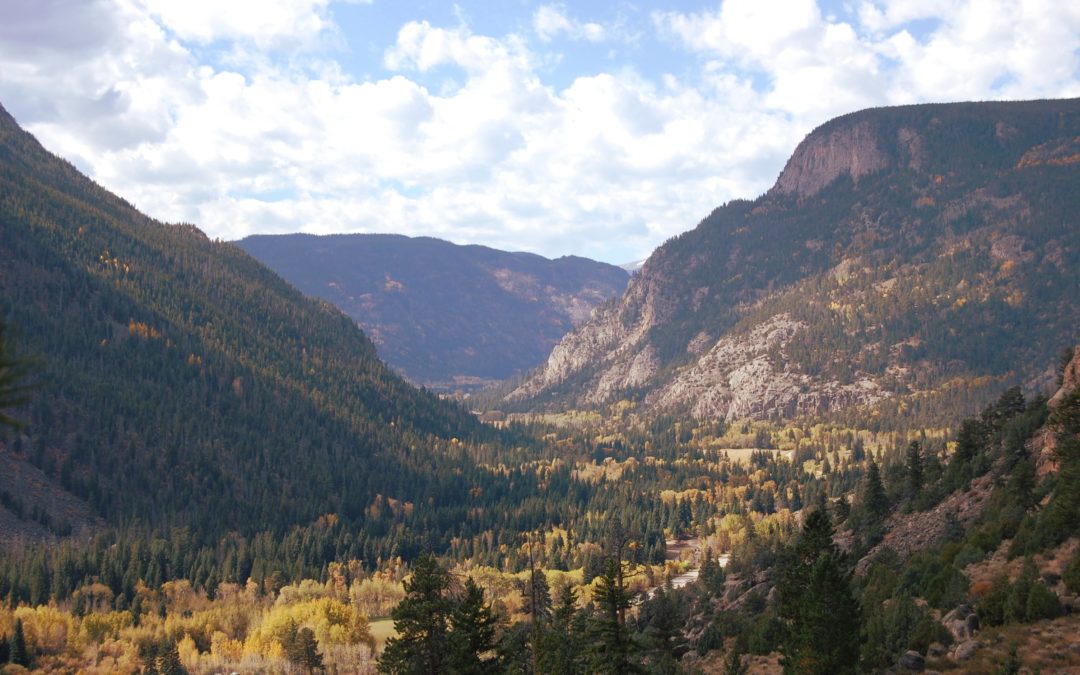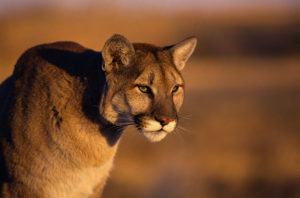Sometimes research can be very unscientific.
At their final meeting on the topic, the Colorado wildlife commissioners voted unanimously to begin a “predator control” experiment in Colorado to euthanize mountain lions and bears in an attempt to increase Colorado’s population of deer in two Colorado areas. Documents from the $4.5 million project show that up to 15 mountain lions and 25 black bears will be killed each year.
I’m not a bleeding heart. I have no bias towards predator or prey. I only care that decisions that impact Colorado’s wildlife are made by credible people armed with the best available information. Unfortunately, this initiative demonstrates a blatant disregard for decades and decades of predator/prey population research. The findings are clear, killing predators does not regrow deer herds.1 Of course, that may seem counter-intuitive to some. If you remove predators, wouldn’t less deer be eaten?
Well, it’s not quite that simple. Firstly, mountain lions are territorial predators. Male cougars mark out large swaths of territory, and defend that feeding ground against other lions. The biggest threat to a mountain lion (other than humans) is another mountain lion. When a large male lion is killed, that simply opens up that territory to another lion. In that regard, predator populations are self-regulating.
That point is very important. Let that sink in. Predator populations rarely need any interference from us to ensure that they are maintaining a healthy balance. When these populations do require intervention, it’s usually because humans have interjected another factor that now requires remediation. But we rarely address that underlying cause.
An appropriate analogy would be an individual that starts out on blood pressure medication, and then ends up on 4 different prescription drugs to treat all of the symptoms. You can keep treating the symptoms, or address the underlying cause. When it comes to issues with wildlife population dynamics, human impacts are almost always the underlying cause. Cougars and deer have been perfectly adept at co-existing for tens of thousands of years. What changed? We arrived, with the pre-conceived notion that we have all of the answers to questions that nature never asked of us.
So why move forward with the “study”? The CPW states that… “We’re in the business of learning. … We have come up with a new hypothesis. … We are proposing to act in the form of research. We haven’t assumed it is predation.”
Nonsense.
There is one fact that completely undermines the assertion that they are taking a scientific approach to this initiative. At the same time that they are removing these lions and bears, there is a simultaneous reduction in the number of deer hunting licenses that will be given in these specific areas. Think about that for a moment. If the deer population grows, how will the CPW determine which action resulted in the recovery? How can you parse out the two in a way that determines causation? You can’t. And that doesn’t even account for the countless other factors that could have a short term impact on the deer population.
It’s just bad science. Bad science leads to bad decisions.
Additionally, research on the topic seems to clearly demonstrate that the biggest impact on deer populations in Colorado is the degradation of their habitat from development. 2 Human impacts. Per the usual. There are just too many opportunities here for a false positive. The initiative proposed by the CPW lacks the scientific rigor that should be expected of any research that could lead to accurate and actionable conclusions.
Am I an scientist? No. But I work hard to reach logical conclusions based on reason and facts. And I have spent time in the trenches studying predator/prey population dynamics. I dedicated a large portion of my graduate studies to the topic, and have spent time on Isle Royale as part of the longest running predator/prey population study in the United States. I’ve dedicated a significant amount of my time trying to truly understand these issues.
As I’ve said, I have no particular bias towards predators or prey, only the truth. And there is no reason to believe that the CPW has any reasonable hope of learning anything from this study. Just more bad information to make more bad decisions. I have no expectation that the commission will be altering their course. In the face of extreme and unanimous opposition at the final meeting, they moved forward. The commission voted, and I suppose their work here is done.
Now our work begins. Feral will be exploring all legal avenues and challenges available to prevent this policy from being driven forward. We have already started reaching out to key stakeholders to determine the appropriate next step for fighting this policy.
At Feral, we feel a responsibility to help protect the wild things and spaces of Colorado. Without truly wild spaces, there can be no true adventure. It is in our name, and it will continue to be a part of our mission.
We welcome comments and input from our community, and encourage anyone who deems this a worthy cause to get involved by communicating to the Governor. The CPW commission is a board of un-elected volunteers that cannot be directly held accountable for their decisions. However, the politicians that appoint them can be. That starts with Governor Hickenlooper. His office is responsible for these appointments, and ultimately their decisions.
If you’d like to reach out to the Governor, the most effective way to have an impact is always to call his office. When they answer, they have to listen. Your voice is heard, and not scrubbed into a SPAM folder. If you don’t have time to call, we have included all other methods for communicating with the Governor below. If you feel moved by this issue, please reach out to share your thoughts.
136 State Capitol Bldg
Denver, CO 80203
![]()
- D. M. Montgomery, J. R. Skalski, and C. L. Maycock. 2011. Demographic Response of Mule Deer to Experimental Reduction of Coyotes and Mountain Lions in Southeastern Idaho. Wildlife Monographs:1-33.
- Bergman, E. J., C. J. Bishop, D. J. Freddy, G. C. White, and P. F. Doherty. 2014. Habitat Management Influences Overwinter Survival of Mule Deer Fawns in Colorado. Journal of Wildlife Management 78:448-455.




